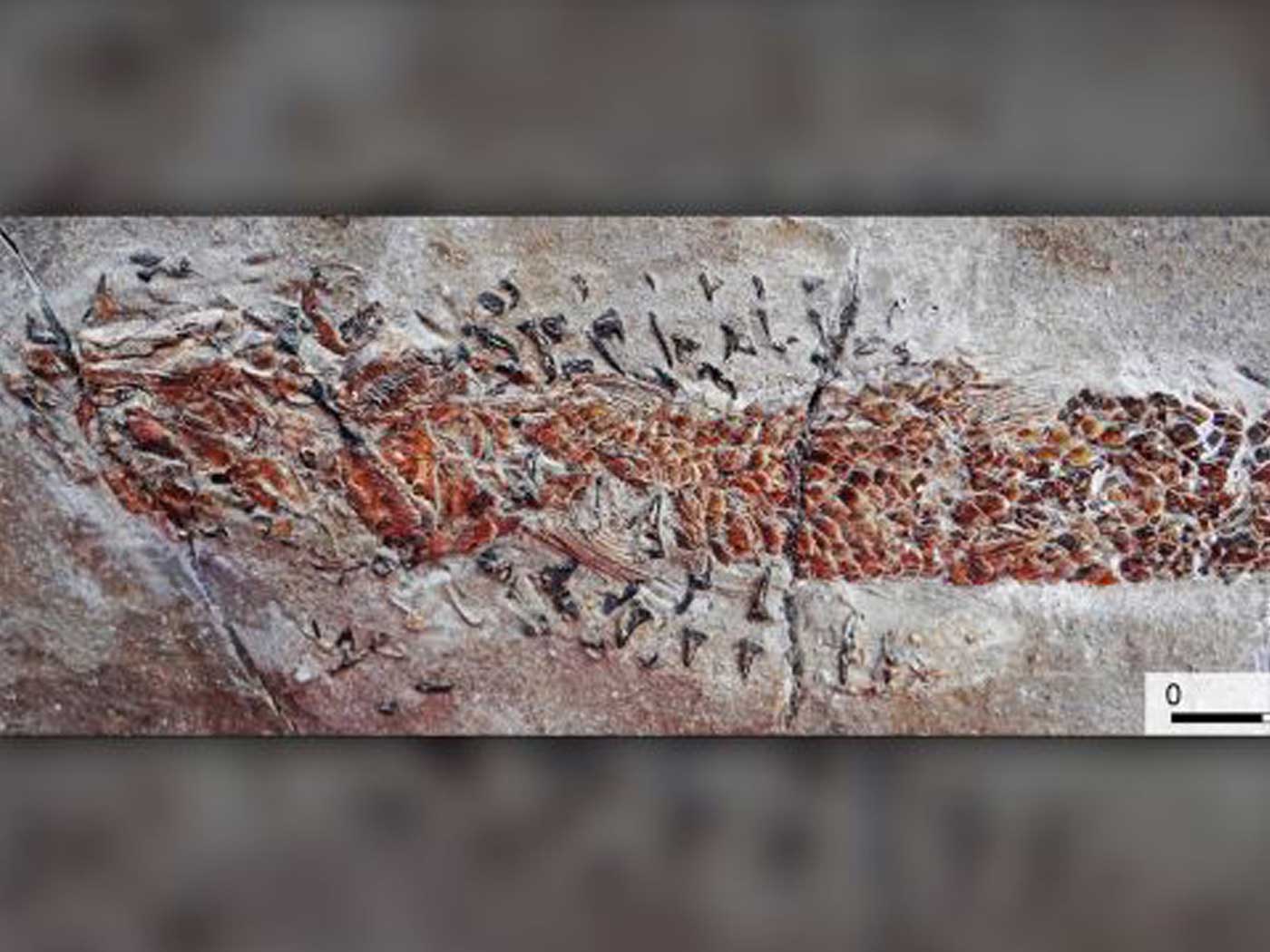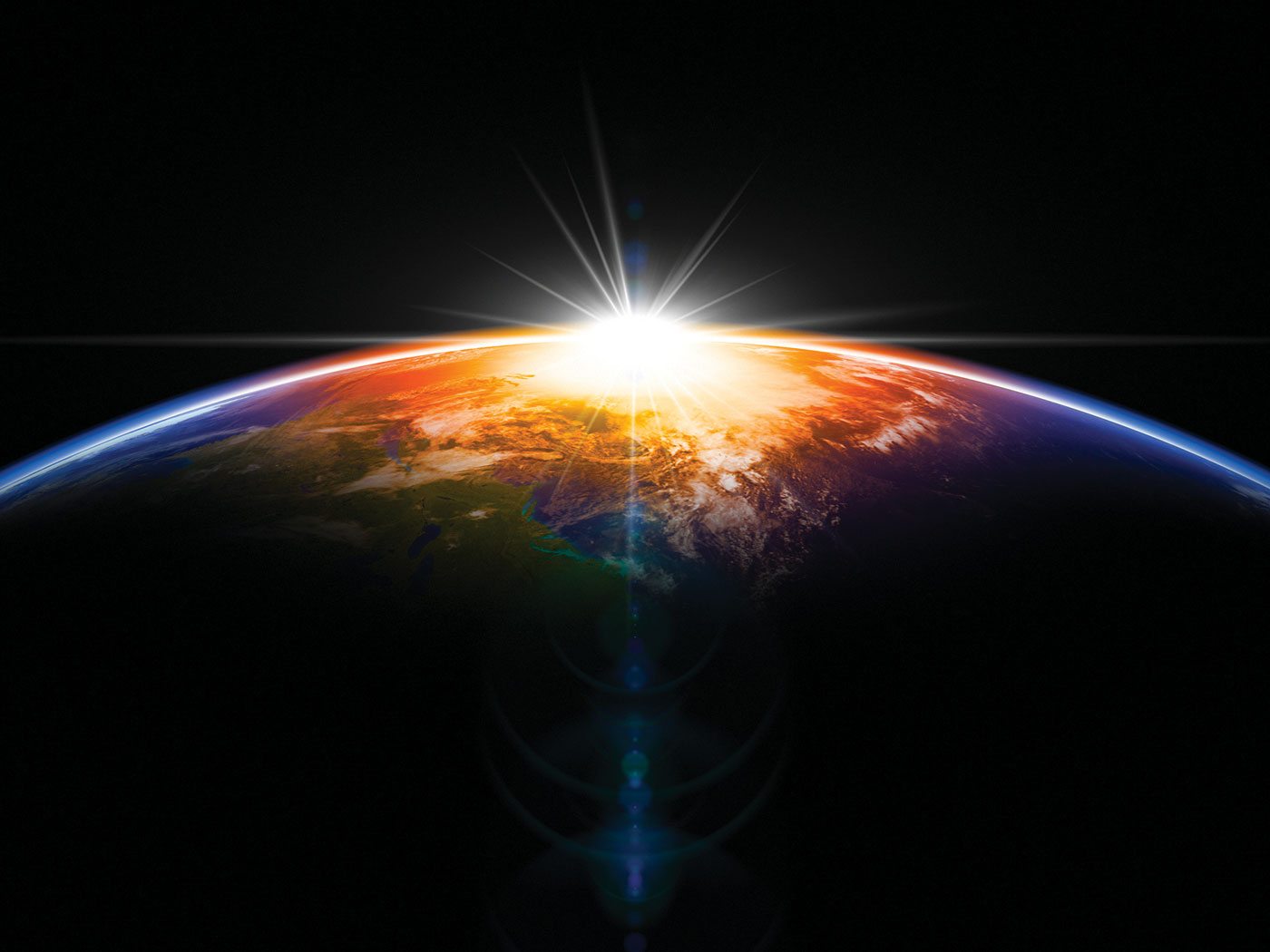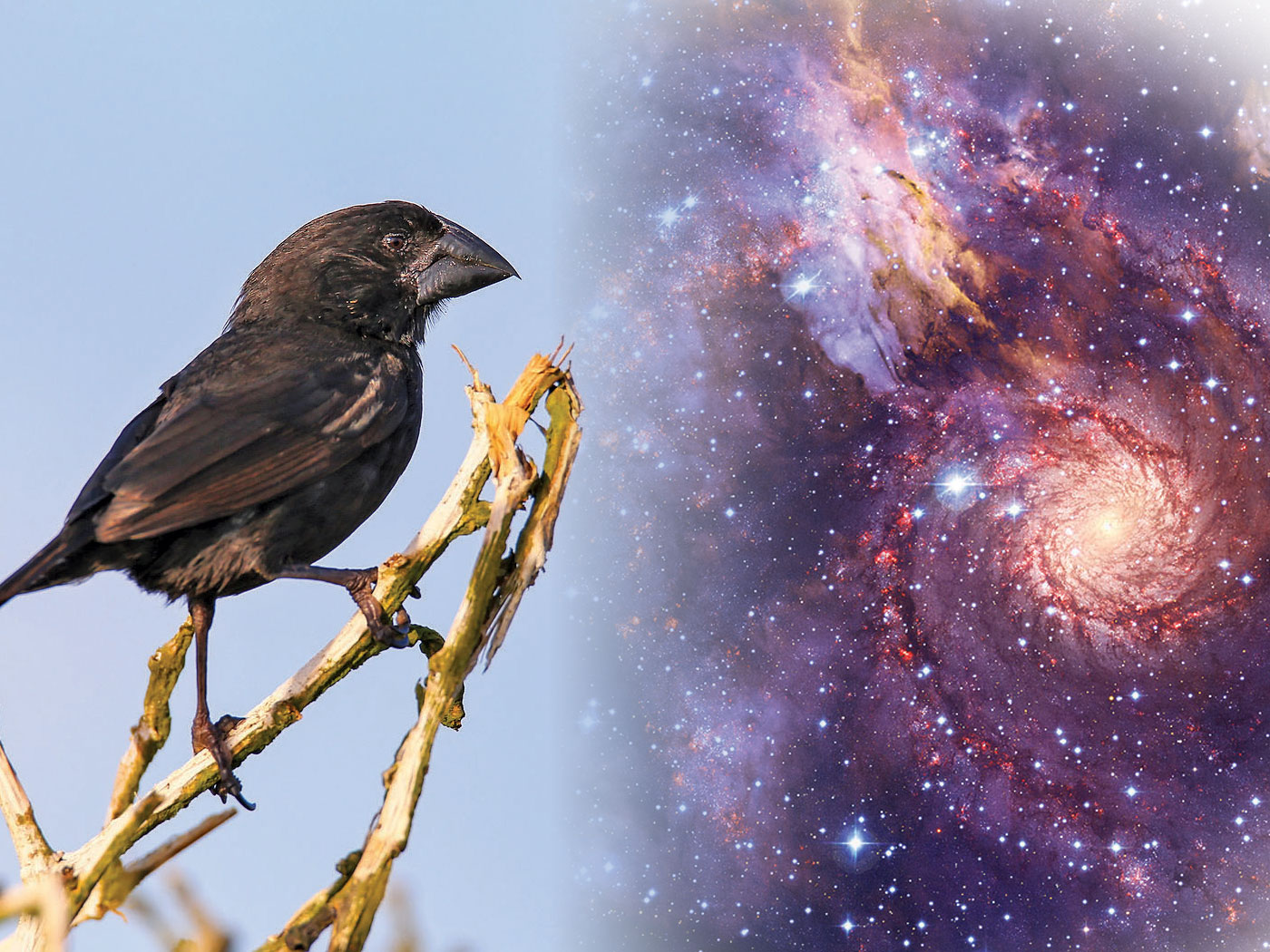A recently published book has the provocative title and subtitle: Astronomy on Trial—A Devastating and Complete Repudiation of the Big Bang Fiasco. The author is Roy C. Martin, Jr., and the 245-page book is published by University Press of America, Inc., in Lanham, Maryland.
The author, remarkably enough, is not a creationist, but neither is he an astronomer, so evolutionary astronomers and cosmologists will undoubtedly ridicule or ignore his criticisms. Nevertheless, his objections to the establishment's Big Bang theory do echo what many people are thinking. He opens the "Prologue" to the book with the following blistering charges.
Astronomy, rather cosmology, is in trouble. It is, for the most part, beside itself. It has departed from the scientific method and its principles, and drifted into the bizarre; it has raised imaginative invention to an art form; and has shown a ready willingness to surrender or ignore fundamental laws, such as the second law of thermodynamics and the maximum speed of light, all for the apparent rationale of saving the status quo. Perhaps no "science" is receiving more self-criticism, chest-beating, and self-doubt; none other seems so lost and misdirected; trapped in debilitating dogma.1
Martin then proceeds, page after page and chapter after chapter, to illustrate and document the absurdity of the "Big Bang fiasco."
The Big Bang idea is not based on observation and experimentation, as is usually true in legitimate science, but speculation and esoteric mathematics.
It is not a theory, and only weakly might it be referred to as an hypothesis. . . . the physical laws of conservation of matter, inertia, and others that are inviolable here on Earth, are negated in space by mathematics.2
Martin is not criticizing observational astronomy, of course, but the cosmological extrapolations and speculations that have abused it.
Even though Martin himself is not an astronomer, there are significant numbers of top-flight professional astronomers who also reject the Big Bang. Three very eminent astronomers have recently commented as follows:
. . . the theory departs increasingly from known physics, until ultimately the energy source of the universe is put in as an initial condition, the energy supposedly coming from somewhere else. Because that "somewhere else" can have any properties that suit the theoretician, supporters of Big Bang cosmology gain for themselves a large bag of free parameters that can subsequently be tuned as the occasion may require.3
They then draw the following reasonable conclusion.
We do not think science should be done that way. . . . In the currently popular form of cosmology . . . the physical laws are regarded as already known and an explanation of the later situation is sought by guessing at parameters appropriate to the initial state. We think this approach does not merit the high esteem that cosmologists commonly accord it.4
These astronomers are not creationists. They believe there never was a real creation and that the universe is eternal and in a sort of "steady state."
In fact, there are various "steady state" theories, as well as "continuous creation" theories, all of course contradicting the profound and true statements of Scripture, and also either the First Law of Thermodynamics or the Second Law, or both. These laws—the best proved laws of science—note that no matter/energy is now being created or annihilated, but that all the existing matter/energy of the universe is decaying and dying.
The Big Bang obviously contradicts the First Law, with all the matter/energy of the cosmos suddenly coming into existence out of nothing—either by a "quantum fluctuation" out of the primeval void or as some suggest, through a so-called "wormhole" from some other imaginary universe. The Second Law stipulates that disorder will necessarily increase in the universe which is surely a closed system, if God is excluded, so it seems anomalous to say that the matter/energy, which spontaneously appeared in the Big Bang, would evolve into the highly complex universe that now exists.
However, the Second Law is not considered inviolable by these cosmologists if it interferes with their cosmological speculations. In addition to the above exception, it must be discarded for another reason also—to explain galaxies and the imaginary "dark matter" which their origin and movements seem to require. Astrophysicist Lawrence Schulman of Clarkson University and others feel that time can actually be reversed, along with the Second Law. Science writer Marcus Chown notes the implications.
The Universe may contain regions where milk would stir itself out of coffee and eggs would unbreak. . . . The idea that there may be regions where time runs backward could explain invisible dark matter. . . . Schulman's calculations will appear in a forthcoming issue of Physical Review Letters. Except, of course, in a reverse-time region, where, having been published, they are now being unwritten.5
The article to which Chown refers did appear in the December 27, 1999, issue of Physical Review Letters.
A subsequent comment by another science writer "explains" this extraordinary concept further.
In his studies, Schulman assumes that the universe expands and then contracts. . . . . . celestial bodies with reversed time would have originated in our distant future and would already have experienced the cosmic turnaround.
Presumably, these retreating bodies in reversed time, being no longer visible, could constitute the vast amounts of "dark matter" required by Big Bang cosmology.
To us, it is especially surprising that so many evangelical scientists and theologians seem quite willing to discard the statements of Scripture in order to accept the imagined "Big Bang" as the event of divine creation. They are even using the "New Age" icon, the so-called anthropic principle, which presumably ties various cosmic constants in with Big Bang cosmology, as evidence of this event. They should realize, however, that all this compromise not only contradicts God's Word, but also the opinions of the large majority of evolutionary cosmologists.
For about a decade now, an increasing number of scientists and theologians have been asserting, in popular articles and books, that they can detect a signal of cosmic purpose poking its head out of the noisy data of physics and cosmology. This claim has been widely reported in the media, perhaps misleading lay people into thinking that some kind of new scientific consensus is developing in support of supernatural beliefs. In fact, none of this purported evidence can be found in the pages of scientific journals...
Stronger versions of the anthropic principle, which assert that the universe is somehow actually required to produce intelligent "information-processing systems," are not taken seriously by most scientists or philosophers.7
The author of the above evaluation is Professor of Physics at the University of Hawaii, obviously biased against theism, but nevertheless accurate in his appraisal of the influence of the anthropic principle.
To come back to Earth, so to speak, it is worth repeating once again the great truth that God's revelation of special supernatural creation of the heavens in the beginning has never been refuted by any factual discoveries of astronomy or physics or cosmology. God was there, and He knows! We do well to believe His Word.
By the word of the LORD were the heavens made; and all the host of them by the breath of His mouth. . . . For He spake, and it was done; He commanded, and it stood fast (Psalm 33:6,9).
My right hand hath spanned the heavens: when I call unto them, they stand up together (Isaiah 48:13).
References
1 Roy C. Martin, Jr., Astronomy on Trial (Landham, Md., University Press of America, 1999), p. xv.
2 Ibid., p. 14.
3 Geoffrey Burbridge, Fred Hoyle, and Jayant V. Marlikar, "A Different Approach to Cosmology," Physics Today (volume 52, April 1999), p. 39.
4 Ibid.
5 Marcus Chown, "Unwrite This," New Scientist (vol. 164, Nov. 27, 1999), p. 11.
6 P. Weiss, "Time's Arrow May Make U-Turns in Universe," Science News (vol. 157, January 1, 2000), p. 6.
7 Victor J. Stenger, "Anthropic Design: Does the Cosmos Show Evidence of Purpose?" Skeptical Inquirer (vol. 23, July/August 1999), pp. 40,42.
* Dr. Morris is Founder and President Emeritus of ICR.



















